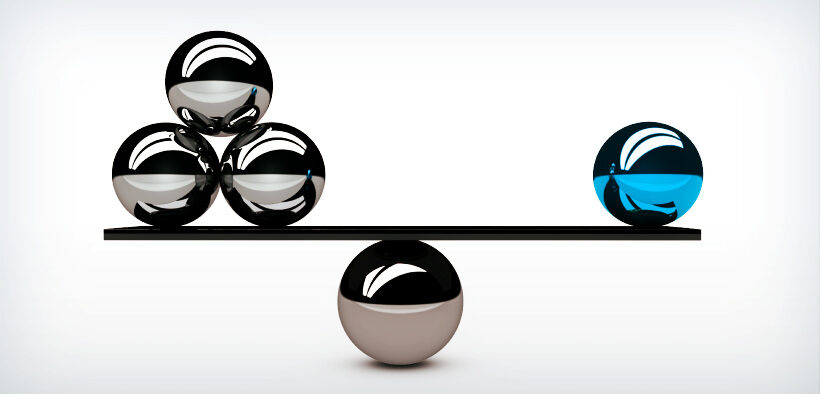Interest in and use of peer assessment has grown in recent years. Teachers are using it for a variety of reasons. It's an activity that can be designed so that it engages students, and if it's well designed, it can also be an approach that encourages students to look at their own work more critically. On the research front, some studies of peer assessment have shown that it promotes critical thinking skills and increases motivation to learn. In addition, peer assessments are a part of many professional positions, which means they're a skill that should be developed in college.
Related Articles
I have two loves: teaching and learning. Although I love them for different reasons, I’ve been passionate about...
Imitation may be the sincerest form of flattery, but what if it’s also the best first step to...
Higher education has long recognized the value of Socratic dialogue in learning. Law schools traditionally adopt it in...
After 35 years in higher education, I continue to embrace the summer as a prime opportunity to strengthen...
Last month I wrote about how students fool themselves into thinking they have learned concepts when they really...
If you’ve ever hesitated to offer feedback to a colleague for fear of creating tension or hurting a...
When I first began teaching online, I thought creating engaging and relevant content was the biggest challenge. And...









